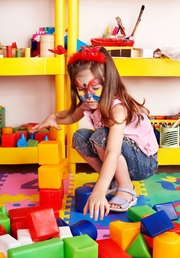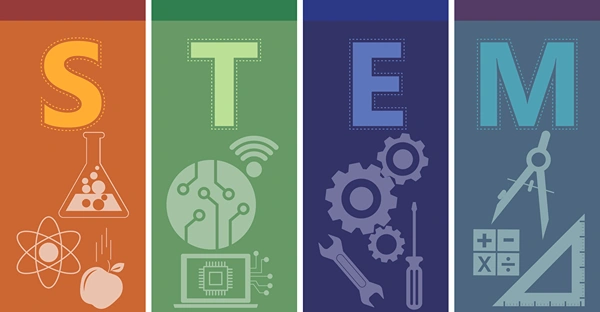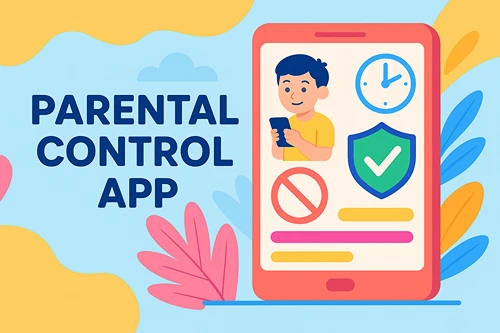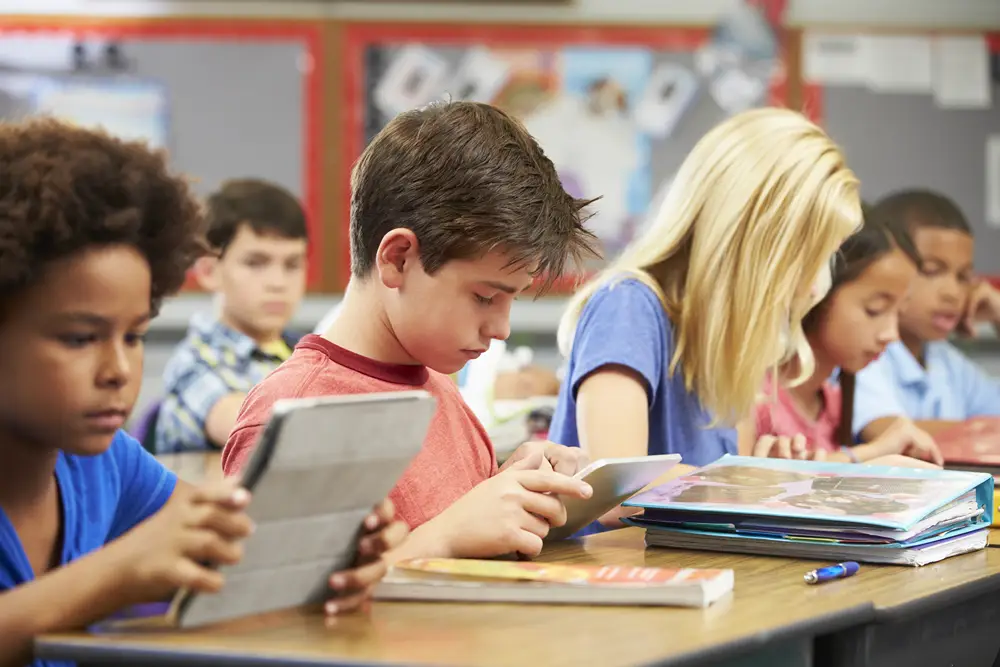Hygiene Practices in Childcare Every Parent Should Know
Ensuring a clean and healthy environment is a cornerstone of any successful childcare centre. Undeniably, it’s the first line of defense against the spread of harmful germs that could make children sick more frequently. But beyond safeguarding health, good hygiene practices play an equally crucial role in teaching children about personal and collective cleanliness.
So, what does it take to maintain high hygiene standards and instill trust in your facility? We’ll explore the core hygiene practices in childcare centres and provide practical tips to foster a culture of cleanliness.
Understanding Hygiene in Childcare
Maintaining hygiene in childcare settings isn’t a mere precaution – it serves as a vital component of a child’s growth and well-being.
The Importance of Hygiene Practices
Keeping a childcare center clean and sanitized reduces the transmission of harmful germs. A lack of hygiene correlates with the spread of infectious diseases and increases absences. A clean environment thus maintains children’s health while benefitting their education by preventing frequent absences.
Furthermore, hygiene practices also serve an educative purpose. As children spend a significant amount of their formative years in childcare centers, they learn crucial habits such as handwashing and cough etiquette.
By learning and adhering to these practices, young ones understand the value of cleanliness and hygiene. These skills stick with them for life, protecting them and those around them.
Key Areas of Focus
Hygiene practices aren’t restricted to just regular childcare cleaning of premises. They should include frequent handwashing and sanitizing, particularly before meals and after using the restroom. Teach your staff to cough and sneeze into their elbow or a tissue, reinforcing the same habit in children as well.
Encourage children to throw used tissues in the bin immediately, following it up with handwashing. High-touch surfaces such as door handles, toys, and countertops require regular cleaning. If sick children are present, make sure to isolate them to prevent a potential outbreak and prioritize their medical care.
These practices won’t just create a safer environment for the children but also for the staff. Your childcare center then becomes an establishment that prioritizes health and safety, thus gaining parents’ trust and confidence.
Teaching Hygiene to Children
In this section, let’s delve into the core elements of teaching hygiene to kids in detail. We’ll primarily focus on two crucial aspects – proper handwashing techniques and important personal hygiene habits.
Handwashing Techniques
Firstly, let’s cover correct handwashing procedures. Frequent handwashing is one of the most effective ways to prevent the spread of germs. Teach children to wash their hands with soap and warm water for at least 20 seconds. This duration is roughly the time it takes to sing the ‘Happy Birthday’ song twice.
Remember, scrubbing the backs of hands, between fingers and under the nails is vital. Hand sanitizer is an acceptable backup plan when soap and water aren’t readily accessible.
Personal Hygiene Habits
Transitioning now to personal hygiene, it involves more than just cleanliness. Children must learn to cover their mouth and nose while sneezing or coughing, maintain their body cleanliness with regular bathing, and oral hygiene through brushing and flossing their teeth.
Additionally, nurturing positive self-hygiene habits from an early age not only safeguards their health but also assists in boosting their self-esteem. Through you, as their mentor, practicing these hygiene tips, children can mirror and develop these essential practices into lifelong habits.
Hygiene Protocols for Childcare Facilities
In an era where health and hygiene are under the spotlight more than ever, parents are becoming increasingly vigilant. A childcare centre’s reputation can quickly tarnish if it’s perceived as unhygienic.
Making sure childcare facilities are sanitary and safe promotes the health and wellbeing of all children, staff, and families. It’s key not only to mitigate the risk of infectious diseases and illnesses spreading, but also to create a conducive learning environment.
This section will highlight the hygiene practices and procedures in place in childcare facilities to guarantee cleanliness and safety.
Cleaning and Disinfecting Toys and Equipment
Toys and equipment in childcare facilities can harbor harmful germs if not cleaned and disinfected properly. Every day, staff must wipe down toys, equipment, and high-touch surfaces with an appropriate disinfectant to kill any lurking pathogens.
For plush toys, washing in a washing machine is often enough. All staff members should be trained in these cleaning procedures to ensure consistency and thoroughness.
Food Preparation and Safety
Safe food handling practices in childcare facilities are vital in preventing foodborne illnesses. This involves more than just washing hands before and after handling food. It includes cleaning surfaces, utensils, and dishes after each use, keeping food at the correct temperatures, and throwing out leftovers after two hours. Food safety training forms part of the staff training and is regularly refreshed to maintain high standards.
Waste Management and Disposal Methods
Proper waste disposal methods are crucial to hygiene and must be adhered to in childcare facilities. All trash, especially diapers, must be discarded in a lined, covered trash can. Regular trash pick-ups should be scheduled to avoid pile-up.
Additionally, recycling bins should be used for appropriate items. A waste management plan ensures that childcare facilities remain clean and conducive for all activities.
Managing Health in Childcare Settings
Childcare settings serve as fertile grounds for the spread of diseases. Effective health management protocols can, however, drastically reduce this risk, protecting the well-being of every child, staff, and parents.
We delve deeper into specific preventive strategies, child-specific medical requirements, and regulations governing childcare services.
Illness Prevention Strategies
In any childcare setting, illness prevention remains a paramount concern. The cornerstone of any preventive strategy, attaining an environment that mitigates the risk of germ transmission, calls for regular deep cleaning of toys, equipment, and common spaces.
In addition to this physical sanitation, proper hand hygiene, acted out by both the staff and children, curtails potential disease transmission.
Furthermore, educating the children on the need and method of maintaining personal hygiene and persistently reinforcing this knowledge cultivates a culture of cleanliness. Further, thoughtful policies around the containment of ill children can effectively halt the spread of contagions and maintain a healthy environment.
Handling Medical Needs of Children
In addition to preventive measures, childcare centers must adeptly handle the various medical requirements of children. Services such as regularly scheduled vaccinations are integral to the regime. However, it’s crucial to have systems in place to manage more individualistic and immediate healthcare needs.






